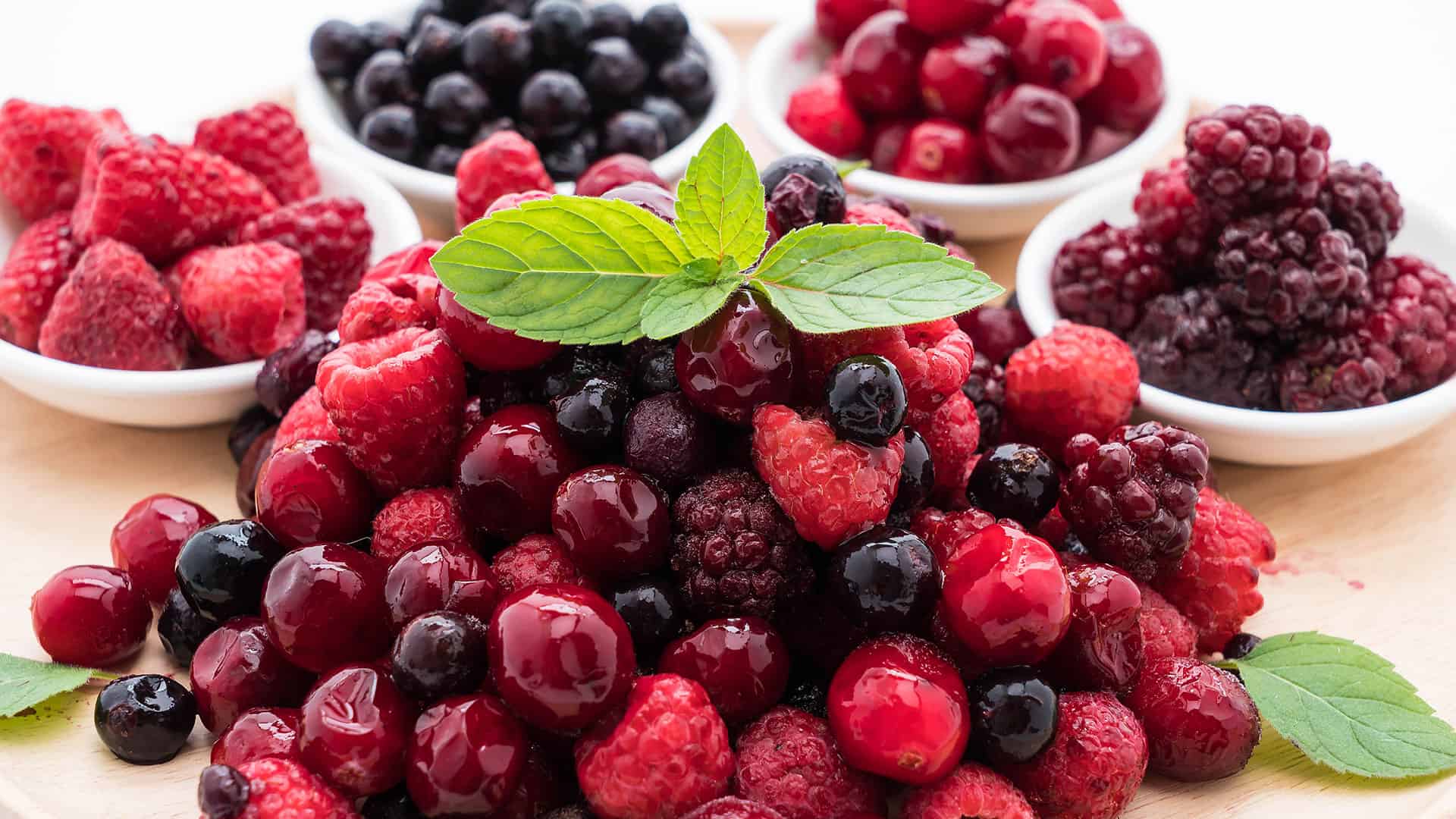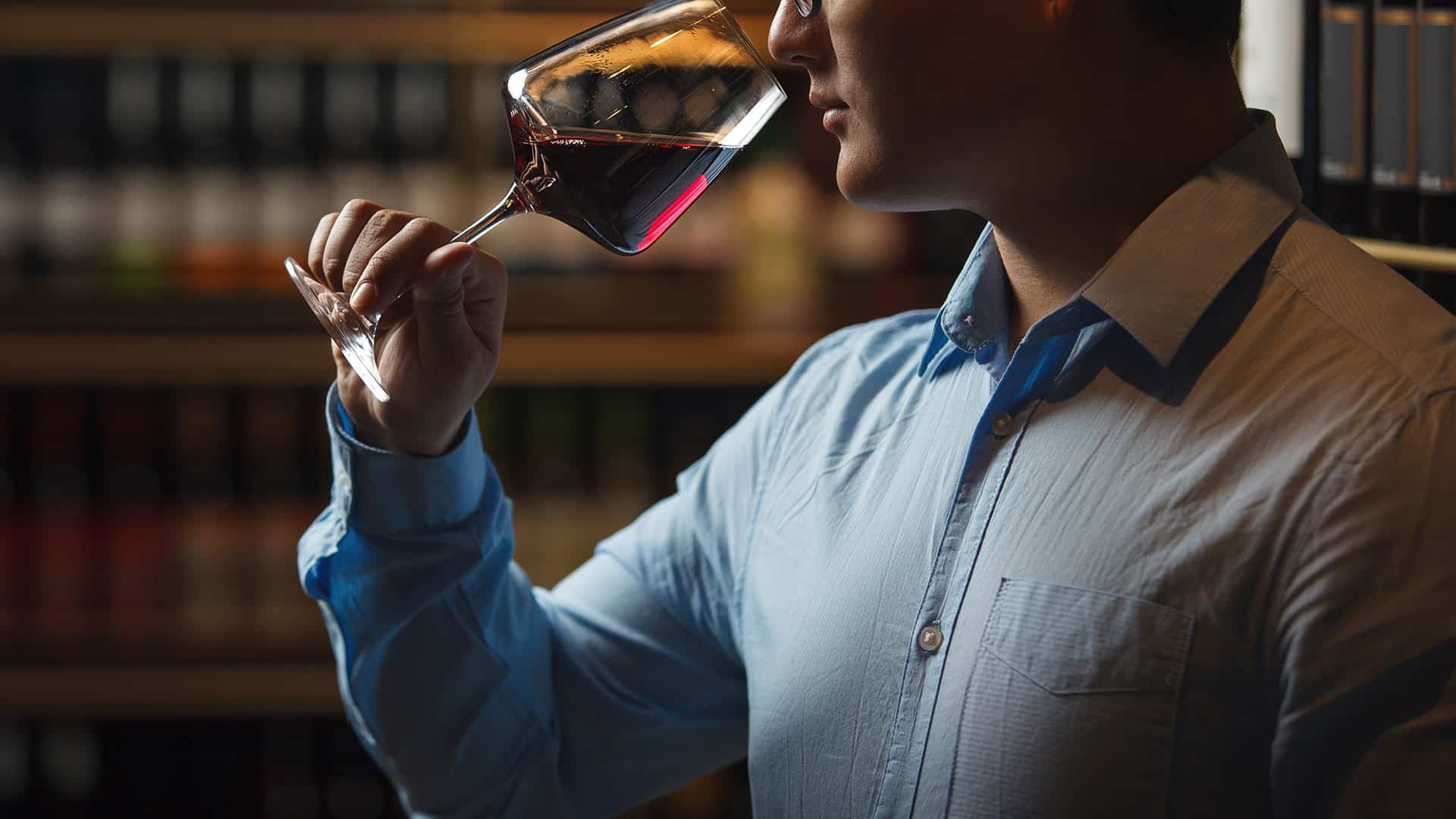Tracking down the primary aromas in white and red wine
In comparison to secondary aromas (aromas from ageing) and tertiary aromas (aromas from wine maturation), primary aromas are all those varietal aromas that come directly from the grape and its juice, and which can later be found in the wine. The primary aromas of a wine can be very different and are influenced by various factors. On the one hand, the grape variety itself can have a typical varietal aroma. For example, the Sauvignon blanc grape is known for its gooseberry aroma, whereas a Chardonnay often has aromas of pear or walnut. And among red wines, to name just one example, Cabernet Sauvignon is known for its aromas of plum and blueberry as well as occasional earthy, leathery aromas.
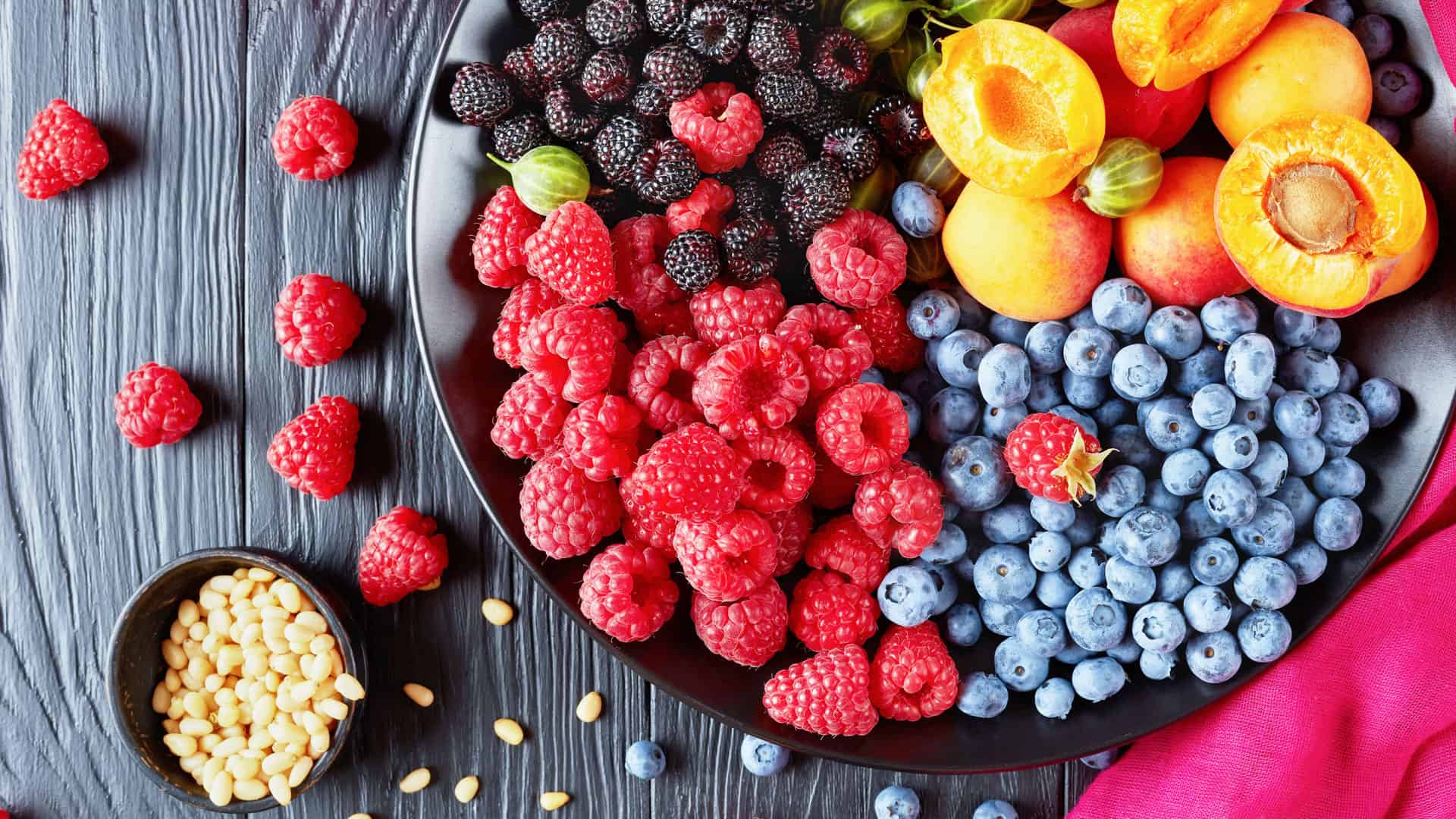
In addition, the primary aromas are strongly influenced by the state of health and the degree of ripeness. To ensure that the search for the right primary aromas does not turn into the famous search for a needle in a haystack, the primary aromas can be easily differentiated into four different categories. Classified by cool or hot climate, you will be able to recognize the primary aromas in your wine relatively quickly – even with a little practice. This is very important because aromatics are one of the most important criteria for the quality of a wine.
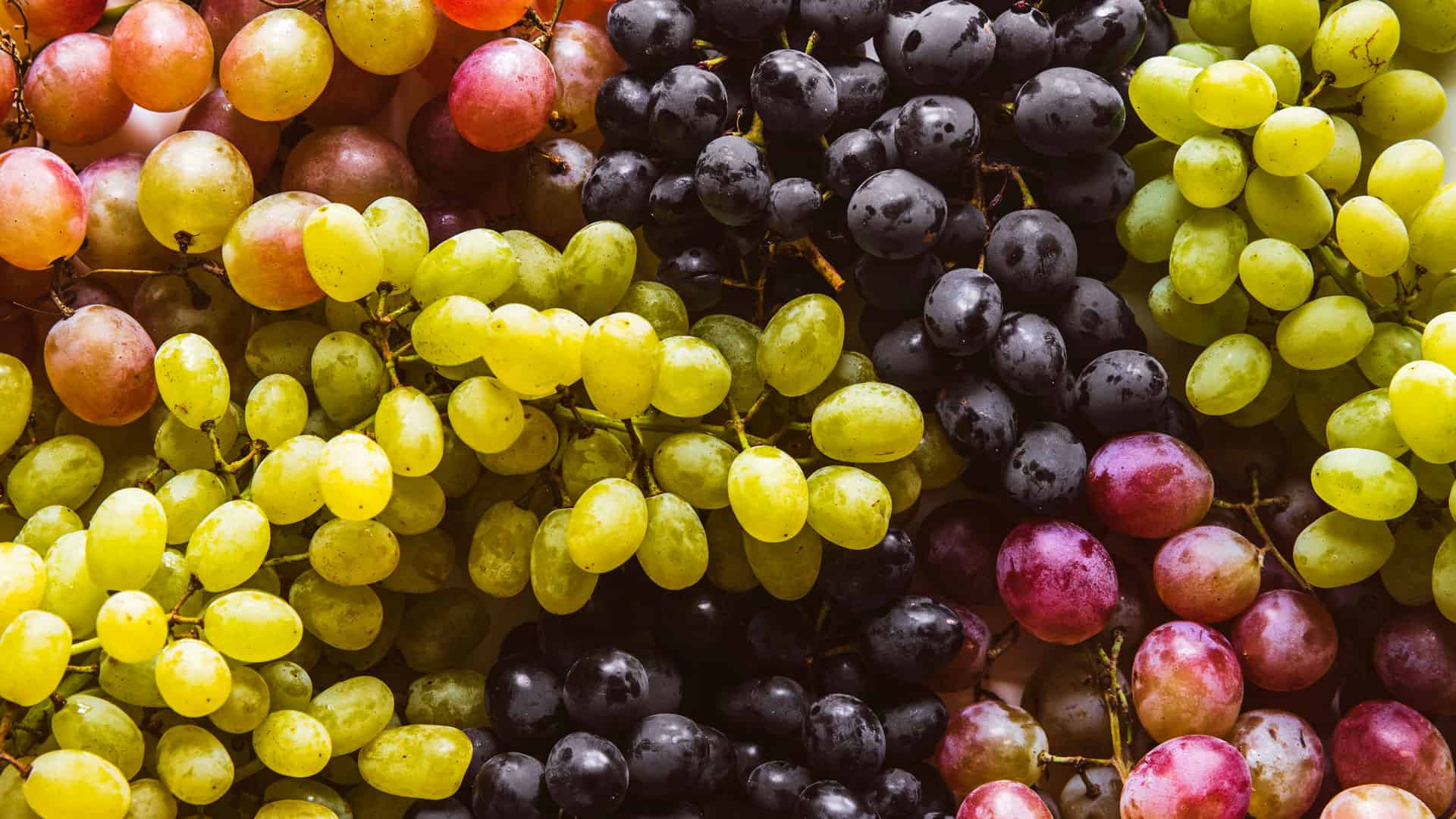
Primary aromas of white wines
In unripe wines, i.e. in a predominantly cool climate, the wine often contains mainly vegetal and very herbaceous aromas. These include primary aromas such as cabbage, asparagus, green bell pepper, gooseberry, apple and flowers in general. In a temperate climate, on the other hand, where the wines are somewhat riper, aromas of lemon, lime, grapefruit, but also peach, apricot, nectarine, yellow apple, quince and the occasional melon can be found in the glass. If the climate in which the wine is grown is even warmer, we often get primary aromas of exotic fruits such as pineapple, lychee, mango, banana or even passion fruit. And last but not least, there are the wines from very ripe grapes or late harvests. These wines have primary aromas reminiscent of jam, syrup, stewed fruit, dried fruit, candied fruit, honey or raisins. These four categories can also be divided very well into green, yellow, exotic and overripe fruit, so that you can recognize and classify the primary aromas of your white wine as easily as possible.
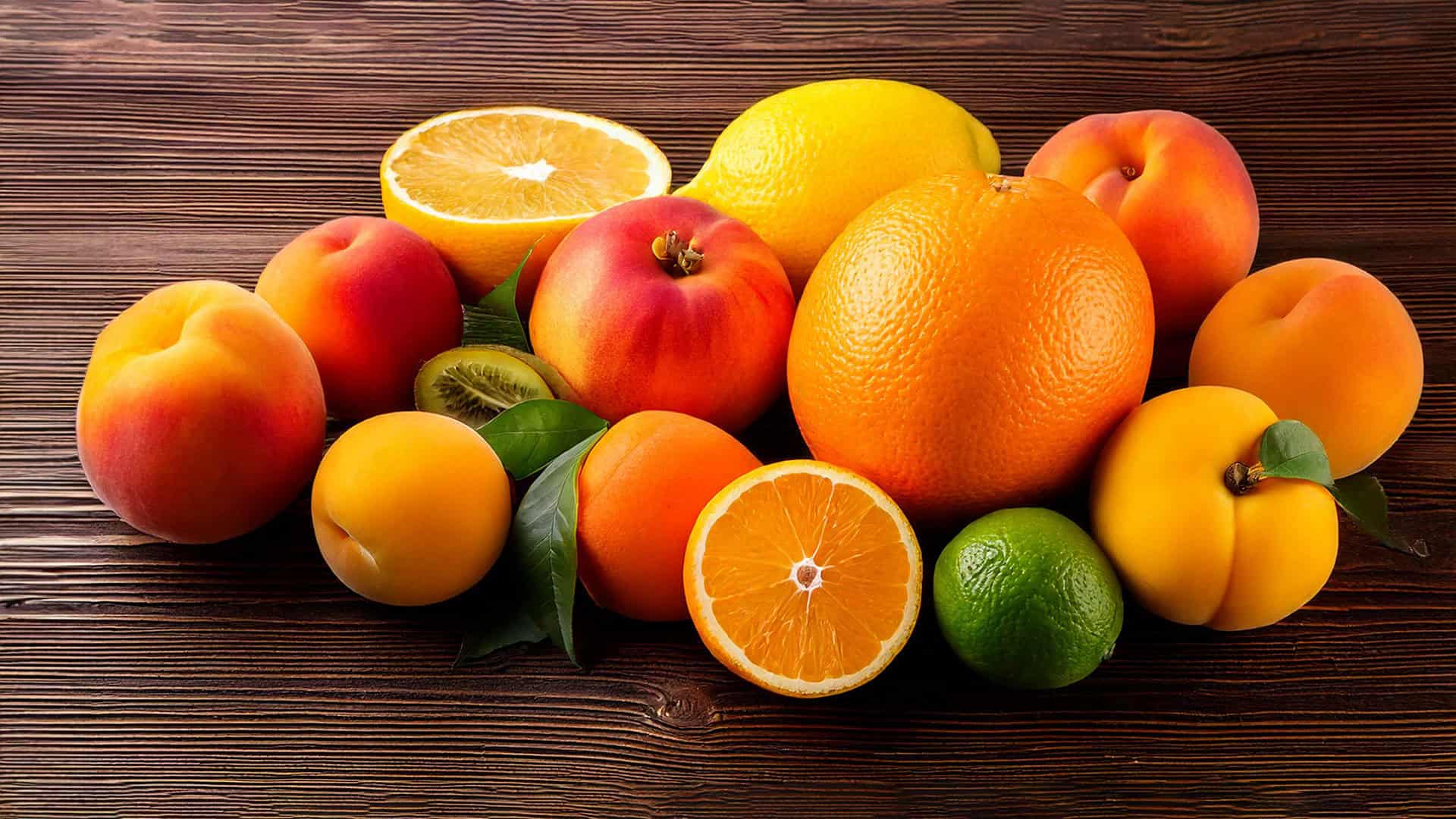
Primary aromas of red wines
The primary aromas of red wines can also be divided into different categories. Similar to white wines, red wines also tend to have green, barely ripe and herbaceous primary aromas such as beetroot, ivy, tobacco leaves, tomato herb and chili peppers. A distinction is then made between the temperate climate with red berry primary aromas with scents of sour cherry, red currant, raspberry, cranberry, cranberry, strawberry or red plum. The moderate climate also includes the category of blueberry primary aromas. These include blackberry, blackcurrant, blueberry, black plum and black cherry. The final category of red wines is the overripe fruit group with primary aromas of jam, stewed fruit, syrup, dried fruit, dried fruit, fruit sweets and chocolate.
